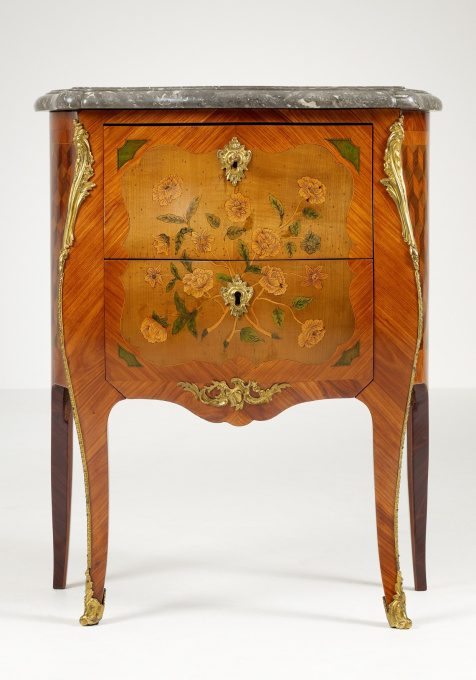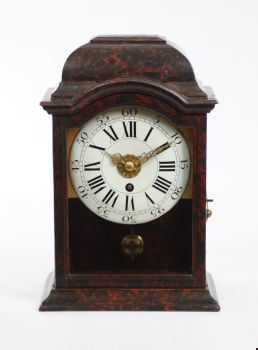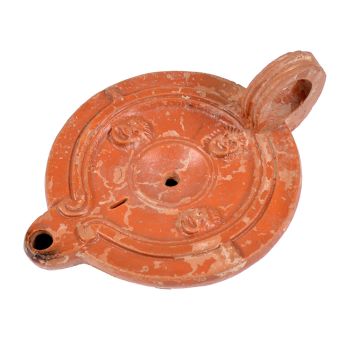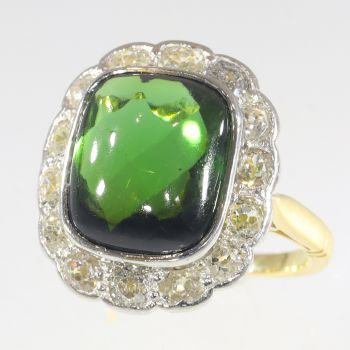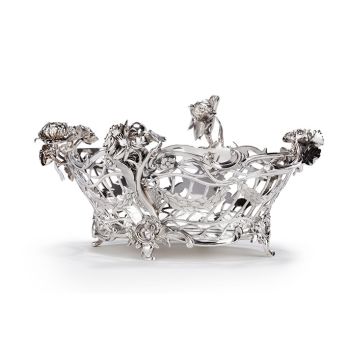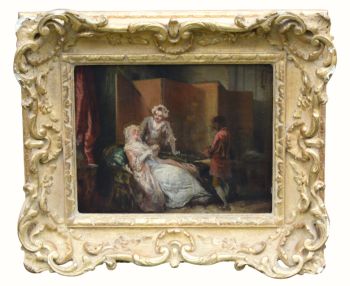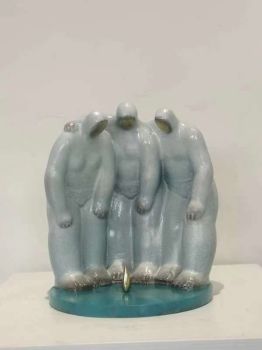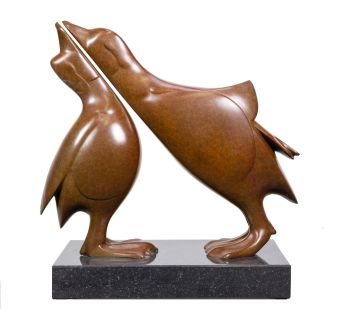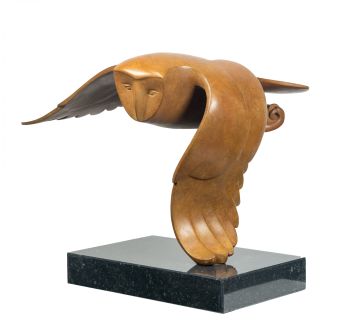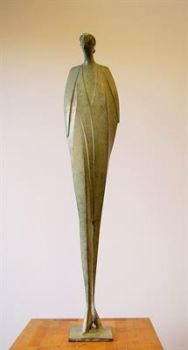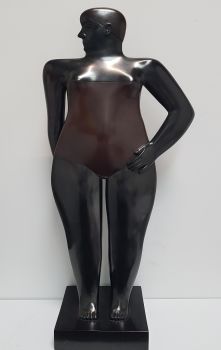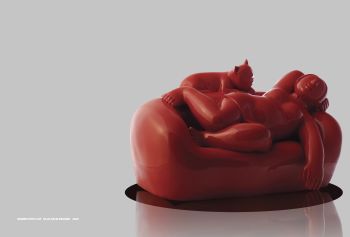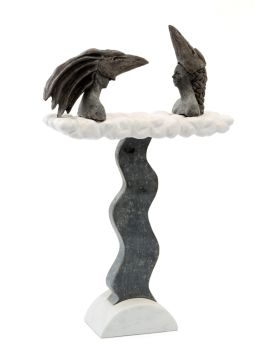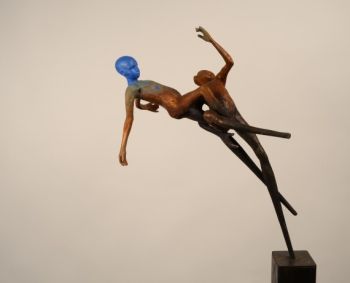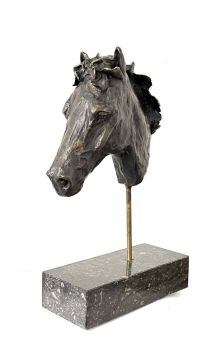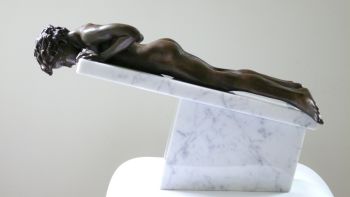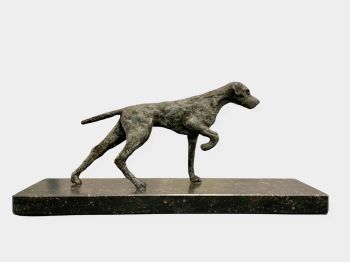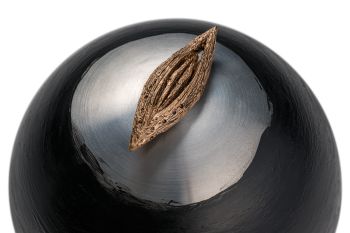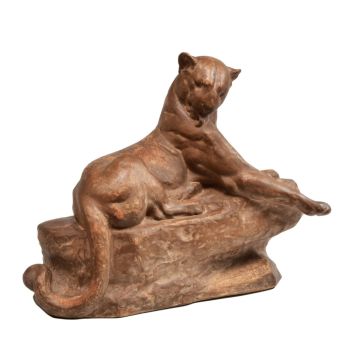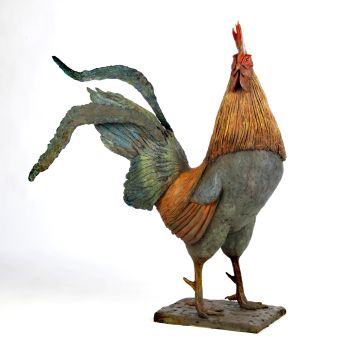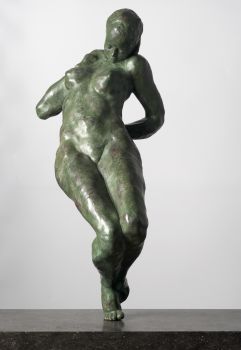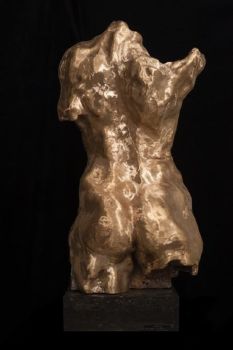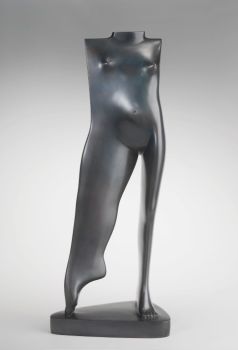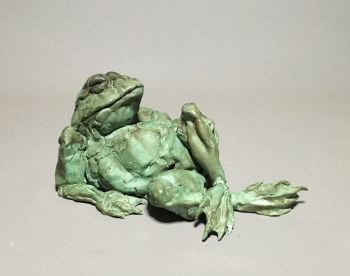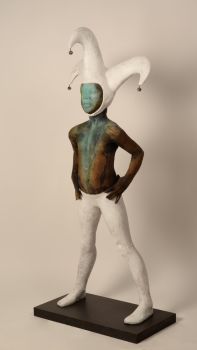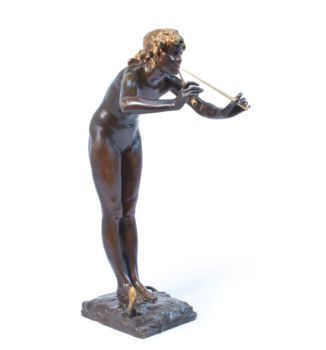Small French Louis XV Commode 1775
Artista Desconocido
MármolPiedraMaderaBronceMármol grisOroMetalDorado
78 ⨯ 54 ⨯ 33 cm
Actualmente no disponible a través de Gallerease
- Sobre la obra de arteA small commode with a bulged front and without a “traverse apparente”. This is exceptional for a work of Hedouin. The sides of the commode are arched. The front corner posts widen in the middle to give the commode a more imposing appearance. The edge of the front legs are fitted with a gilt bronze beaded edge that runs from the bronze corner ornaments on the top right down to the sabots.
The marquetry decoration is extended over the front of both drawers. The sycamore cartouche is inlaid with elegant flowers that fill the entire field. The corners are emphasized with shapes of bois teinté.
Jean Baptiste Hédouin (? - January 1783), was registered as maître ébéniste on May 22. 1738 in Paris. Working from the Rue Traverière-st. Antoine he provide high quality furniture. His designs show a Louis XV (Rococo) style and often contain leaf shaped decorations or geometrical cube-shapes. This commode with its flowery decoration, therefore, is an a-typical work of Hédouin.
The object bears two stamps of the maker. One on the back and one on the top (underneath the marble): IBHEDOUIN JME
JME is the mark of the “Jurande des Menuisiers-Ébénistes”, the jurors of the Parisian joiner guild, whose task it was to monitor the quality of the produced merchandise. - Sobre el artista
Puede suceder que un artista o creador sea desconocido.
Algunas obras no deben determinarse por quién está hecho o por (un grupo de) artesanos. Algunos ejemplos son estatuas de la Antigüedad, muebles, espejos o firmas que no son claras o legibles, pero también algunas obras no están firmadas en absoluto.
También puedes encontrar la siguiente descripción:
•"Atribuido a …." En su opinión, probablemente una obra del artista, al menos en parte.
•“Estudio de….” o “Taller de” En su opinión, una obra ejecutada en el estudio o taller del artista, posiblemente bajo su supervisión
•“Círculo de…” En su opinión, una obra del período del artista que muestra su influencia, estrechamente asociado con el artista pero no necesariamente su alumno.
•"Estilo de …." o “Seguidor de…”. En su opinión, una obra ejecutada al estilo del artista pero no necesariamente por un alumno; puede ser contemporáneo o casi contemporáneo
•"Manera de …." En su opinión una obra al estilo del artista pero de fecha posterior
•"Después …." En su opinión, una copia (de cualquier fecha) de una obra del artista
•“Firmado…”, “Fechado…” o “Inscrito” En su opinión, la obra ha sido firmada/fechada/inscrita por el artista. La adición de un signo de interrogación indica un elemento de duda.
•“Con firma…”, “Con fecha…”, “Con inscripción…” o “Lleva firma/fecha/inscripción” en su opinión la firma/fecha/inscripción ha sido añadida por alguien que no es el artista
Artwork details
Related artworks
- 1 - 4 / 12
Artista Desconocido
A Surinam-themed Amsterdam long-case clock1746 - 1756
Precio a consultarZebregs & Röell - Fine Art - Antiques
 curada por
curada porGallerease Magazine
1 - 4 / 17Artista Desconocido
UN NETSUKE DE MARFIL DE UN HOLANDÉS CON UNA COCKEREL18th century
Precio a consultarZebregs & Röell - Fine Art - Antiques
Artista Desconocido
PAREJA DE ANTORCHAS O VELAS DE TECA DORADA Y LACADA INDONESIA18th century
Precio a consultarZebregs & Röell - Fine Art - Antiques
1 - 4 / 24- 1 - 4 / 24

